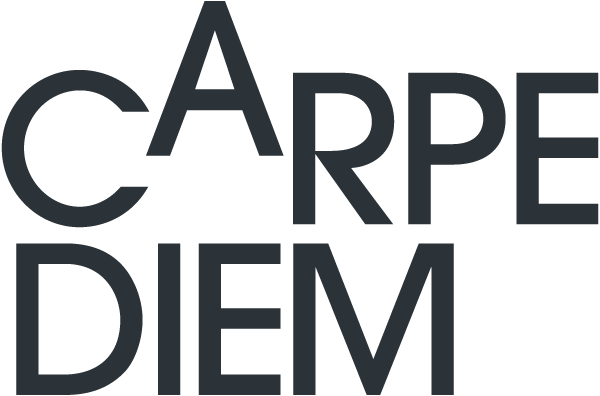It’s Not All Bad News
As depressing as it seems to most of us, the housing market has some bright spots, and this article is a good news story. We have plenty of power and some deep resources for protecting our families and keeping the dream of home ownership alive. But first, the state of the market as most of us see it.

Housing values keep rising.
Canada is the envy of the world. We attract attention through Expo 86, the 2010 Winter Olympics, and the now familiar industry of post secondary education offered as an export, to affluent world families and their international students. (Thirty percent of whom stay here and need our housing).
Then there’s our apparently permanent dependency on an open immigration program, to keep attracting well educated and affluent immigrants, along with a deeper pool of labour at various levels of skills and education.
It seems inevitable that our housing supply will continue to lag the demand, at least in the big cities and their surrounding metro regions. That’s where immigrants’ relatives tend to have already settled, and jobs are most abundant.
Land and construction costs keep rising, too.
So the ratios of the required down payment and the price for the average or median value of home, to the average or median income, keeps rising too.
So what’s a family to do?
With Mom and Dad approaching retirement with an investment portfolio, and likely a home with lots of equity gained over recent decades. They’re understandably focused on enjoying their post-career options and hopefully maintaining their health and mobility, but they’re also regretting the way the financial future looks for their kids.
Give them a better life
It’s a typical aspect of parenthood that crosses all cultures – the urge to see our kids living an even better life than we have. But that’s hard to see when we know how much home ownership and equity gain has determined our affluence, and yet it seems the kids don’t have the same chances of owning their housing. Especially housing that’s close to where they grew up, and where Mom and Dad are settled.
So we see a recent phenomenon where young people, whose work might be portable, are heading out to less expensive regions, far from the family fold. The urge to own can be that strong, and the benefits of smaller town and suburban living have their own appeal, too.
But families don’t stay as close, grandparents can’t regularly help out and see the grandkids, and caring for the elders when they start needing support – well, that’s a long way off, but it too is going to be difficult due to distance.

Past traditions in housing that included families staying close by are disappearing, but they don’t have to. Home equity, available credit, the power of leverage, and the role of stable tenants in rental housing can make for a powerful recipe for relief from housing stress, at least for those families fortunate to own their homes and enjoy substantial non-taxable equity gain in a principal residence in Canada.
But it’s not as simple as lending or gifting a large down payment to a young family member, and that’s where the recipe needs to be right.
Even given the down payment, younger family members might not yet have the level of income to support a mortgage. The elders might not have the financial strength, nor the risk tolerance, to co-sign for it, or to buy and own the housing themselves (besides which, they’d lose the principal residence tax exemption).
At least one heroic Dad I know bought the condo with such high cash commitment that his daughter’s modest income and a low loan-to-value ratio could support the necessary mortgage. But that likely leaves him tapped out, when it comes to helping her younger brother when he’s ready for home ownership.
The family as a housing investment team
There’s a recipe for a safer, smoother way to channel a Boomer couple’s housing equity gain into opportunity for their heirs, and it’s called Live to Own™. It can be like the family team making bread together: they mix the ingredients first, the yeast starts to work, then the dough to rise, and then with some more work by the cooks, great bread comes out of the oven. Here’s the family recipe for live to Own™:
-
- Mom and Dad lend 5% of the value of their son or daughter’s chosen home, and it’s secured by a 2nd mortgage on the title;
- Their beneficiary has a simple role to fulfill: live in the home as a reliable renter with an option to purchase, for 5 years, while they grow their down payment savings and their income for mortgage qualification;
- Mom and Dad’s loaned funds double over 5 years because they participate in the value gained in the housing, and the equity gained by 60 monthly mortgage payments reducing the 1st mortgage balance;
- The renter is the hero of the story – saving every month, and becoming qualified for a mortgage. (In case they don’t make it, Mom and Dad’s funds are safe and refundable).
- After 5 years as a participating renter, the beneficiary has many options for achieving ownership through exercise of their option to purchase – including relying solely on their own income, or possibly adding a 2nd family income, and the savings that a new partner can bring to the situation.
This is not magic. It’s simply a re-enactment of the way so many fortunes have been made through real estate investing. There’s a small amount of equity to start, then there’s leverage to buy an asset with rising value, and there’s a reliable rent payment every month to cover the leveraged part of the initial value – the first mortgage.
This is how the wealthy have always bought more assets and built their wealth, but it can be put to work for families to increase their collective real estate holdings.
And when that real estate is principal residences, there won’t be any tax payable on the value gains. How’s that for a recipe for financial security, and for relief from the tyranny of a relentlessly rising housing market? And it can be as simple as working together to bake a great loaf of fresh bread.

